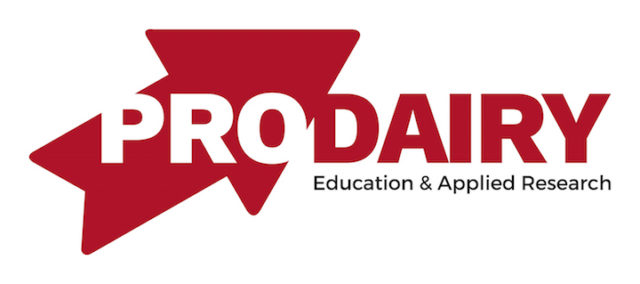Record-high commodity stocks, China and currency value fluctuations are wildcards in determining the global agricultural economy in 2017, with dairy standing as one potential beneficiary, according to a global agricultural outlook from Rabobank.
Overall, agricultural fundamentals remain strong, said Stefan Vogel, Rabobank’s head of agri commodity markets and author of “Outlook 2017: Bear in mind – stocks remain large.” The global population is growing and prosperity is rising, helping stabilize global food prices.
But while the fundamentals of supply and demand are suggesting slight price increases for several commodities, huge price rallies are not anticipated in 2017, as global inventories are very high and will buffer price swings.
“After three years of declining prices and extreme weather wrecking crops in many important agricultural regions, 2017 looks set to bring some much-needed stability to food prices,” Vogel said. “Nevertheless, record global stock levels mean prices are likely to remain stubbornly low – good news for consumers but less so for the world’s farmers.
Dairy: supply contraction
After two years of low prices, the global dairy market is entering a supply contraction phase, according to the Rabobank report. Major drivers to less milk production are low producer margins and weather events, along with government interventions, especially in the European Union (EU).
Rabobank predicts the ongoing shift of developing countries to more meat-based, Western-style diets will continue to drive consumption and support the prices of soybeans, meat and dairy.
Worldwide, dairy importers boosted demand by 2 percent in the third quarter of 2016, led by China’s 10 percent quarterly increase. The combined impacts of increased demand, contracting supply and government intervention helped boost global dairy prices by 30 percent in the second half of 2016.
Dairy prices should be supported throughout 2017 thanks to solid global demand. However, large inventories, including EU intervention stocks that may start to move into export markets, will slow supply-demand balance.
Rabobank looks at prospects for 13 key food and agricultural commodities, forecasting quarterly prices under “base” conditions, as well as “high” and “low” cases accounting for market risk factors.
Specific to dairy, Rabobank forecasts whole milk powder to climb to $3,200 per tonne (1 tonne equals about 2,205 pounds) in the fourth quarter of 2016, and then remain in a $3,200-$3,300 per tonne range through 2017. Downside risk factors include increased production due to price improvements. Further supply tightness could add to upside potential.
Not all trade issues impacting dairy have been resolved, Rabobank noted in a separate research report. Headwinds include the Russian embargo, steady-but-slowing imports by China, and a general dissipating appetite for large, regional trade agreements.
Wildcards
China reportedly has over half of world’s corn reserves, 40 percent of the wheat and 21 percent of the soybeans. Not only does that reduce that country’s dependence on imports, but if China decides to become a seller on the world market, commodity prices could decline further.
While lower prices will hurt crop producers, the record volumes of key feed ingredients making up dairy and livestock rations will drive down feed prices.
Other wildcards include politics and the impact on currency valuations and trade. Topping the list is the uncertainty surrounding actions by the Trump presidency in the U.S, especially if he pursues protectionist economic policies.
Most dairy products are traded in U.S. dollars, and the strength of the dollar dictates dairy product price affordability. Lower-valued currencies in emerging countries make dairy imports less affordable.
Rabobank predicts the euro is likely to depreciate as a result of French, Dutch and German elections during 2017, which could lead to volatility to food prices.
In the United Kingdom, last June’s “Brexit” vote has led to a decline in the value of the pound, boosting British grain exports to the highest levels in almost 20 years, but pushing up the price of food imports by as much as 16 percent.
Rabobank expects U.S. inflation to increase to about 2 percent during 2017, while prices are also expected to rise in the United Kingdom and, to a lower extent, the Eurozone. ![]()

-
Dave Natzke
- Editor
- Progressive Dairyman
- Email Dave Natzke







